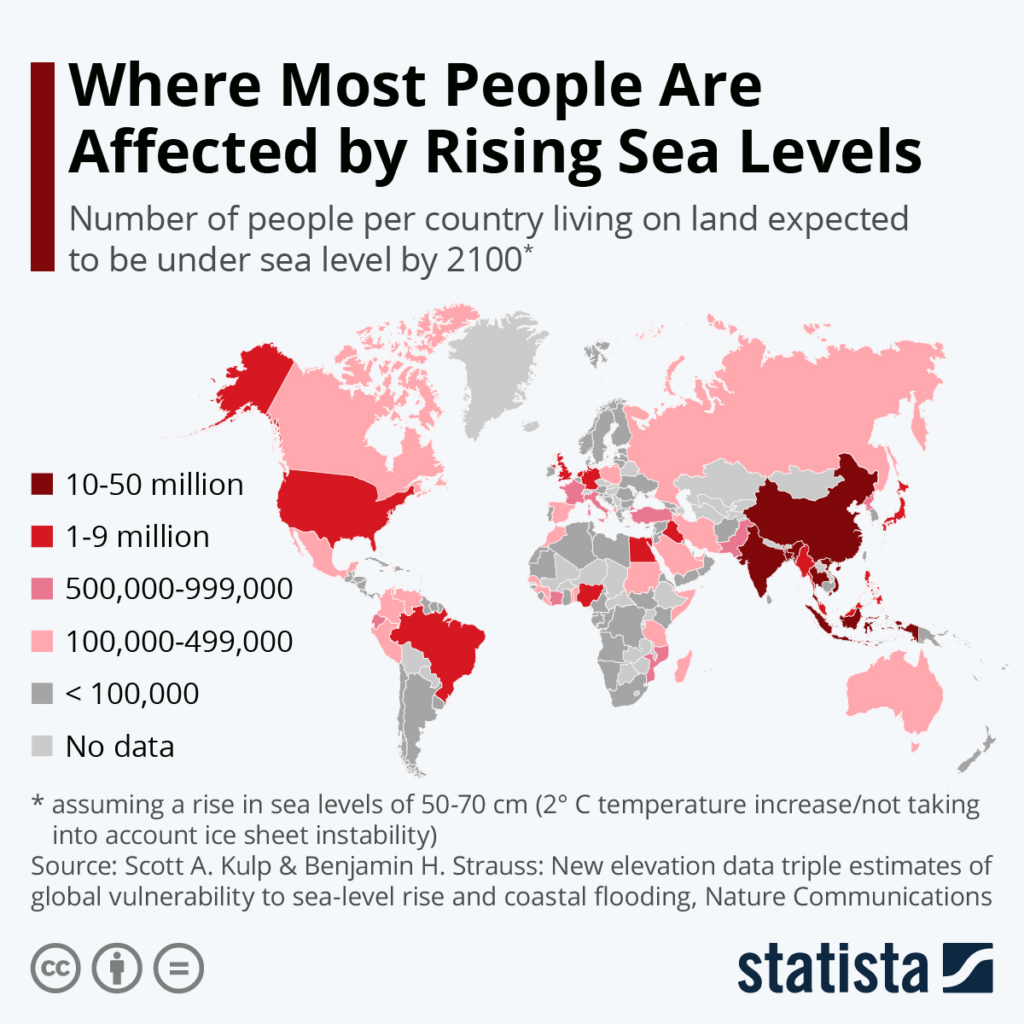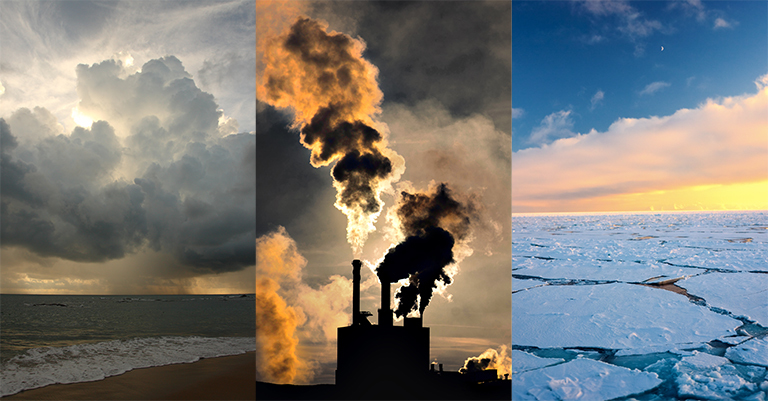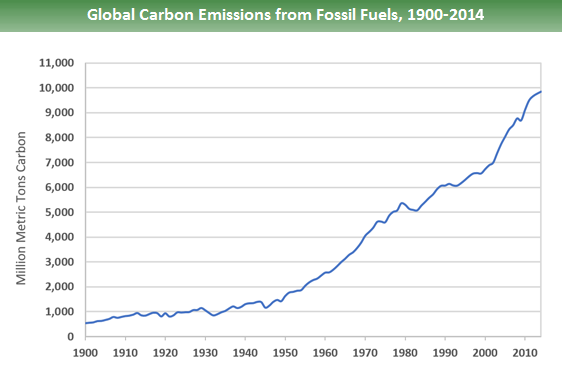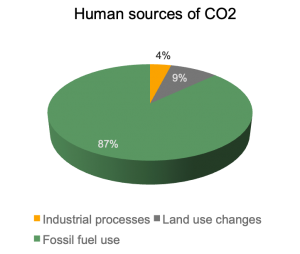Climate change has been a hot topic throughout the news lately. But what is climate change?
Weather vs. Climate
People often confuse weather and climate. The two are not interchangeable and have very different meanings. Weather relates to the current condition of a specific location in terms of minutes, hours, and even days. Climate, however, is the average weather conditions of a large area over the span of many years.

For example, the weather in the Sahara Desert may be rainy on a particular day, but it’s overall climate can still be described as a dry, subtropical desert, even though it currently might be raining. The same logic can be applied to the Earth. The average global temperature in all parts of the world is climbing, and the climate, as a whole, is becoming warmer. Even though it may still be cold and snowing in Russia, the average temperatures of all of the land, oceans, and atmosphere globally are rising, and the climate is changing because of it.
Hasn’t this happened before?
Some may argue that the climate is naturally changing on its own, but there are many key differences between past, naturally occurring climate changing events, and the current climate crisis. There have been many different periods where the Earth’s climate has naturally turned hotter or colder; the most well known example is the Ice Age. These natural fluctuations in the Earth’s temperature and climate are due to Earth’s slight change in orbit over thousands of years. Because of the regular changes in the Earth’s tilt and orbit, parts of the Earth receive more or less solar radiation and spark periods like the Ice Age.
The change in our present day climate, however, is not due to the gradual change of Earth’s tilt or other natural factors. In the last century, NASA says “Earth’s atmosphere has warmed by a little less than 1° C (1.8° F),” a change that should have taken thousands of years. If the Earth’s tilt and a change in solar radiation were to blame, both the upper and lower layers would be heated up equally. However, only the lower layers, where carbon becomes trapped, are warming up, while the upper layers of the atmosphere, like the thermosphere, are actually cooling. Our climate crisis is unlike any other past climate changing event our planet has faced. Fluctuations in the Earth’s orbit and absorption of solar radiation caused climate changes in previous eras, but our current crisis is much different from this.
How is it happening?
Climate change and the rising of Earth’s temperature is directly connected to human activity and the effects of it are evident. The cause of climate change and global warming has resulted from the massive increase of humans’ carbon emissions. These emissions include the burning of fossil fuels, methane from cows, and the release of carbon from destroying natural reservoirs that absorb carbon, like forests, called carbon sinks. However, the main culprit of climate change is our constant need for burning fossil fuels. According to the Environmental Protection Agency, “fossil fuel combustion and industrial processes [contribute] about 78% of the total greenhouse gas emissions increase from 1970 to 2011.”
How do we know we’re causing it?
Coal is formed from fossilized plants which prefer to absorb the lighter Carbon-12 isotope rather than the heavier Carbon-13. As the fossil fuels are burned, more Carbon-12 is released back into the atmosphere. Because the increase of carbon being released into the atmosphere is Carbon-12, scientists are certain that the release of carbon is directly connected to humans burning fossil fuels.
What are the current effects?
The effects of our large carbon footprint can be seen all over the world. Currently, we can see the immediate effects of our warming planet in our own communities from the increase in extreme weather events like record heat waves, droughts, wildfires, hurricanes, tornadoes, and floods. In California, five out of six of the largest wildfires in the state’s history were from this year alone, with the largest one, the August Complex, burning 1,032,649 acres, an area larger than Rhode Island. These types of extreme natural disasters can be seen all over the country from the increase in tropical storms and hurricanes in the south, to the extreme heat and floods in the midwest.
What will happen in the future?

If we don’t take measures to prevent further climate change, the global consequences will be even more disastrous than the ones we are seeing now. It is predicted that the Arctic is likely to be ice-free during the summer months before the mid-century. This would raise sea levels about one to six feet and impact coastal cities and 7.8 million American residents, costing “$14 trillion worldwide annually by 2100,” according to a study led by the UK National Oceanographic Centre.
In addition to rising sea levels, heatwaves, intense rainfalls, and inconsistent weather patterns will devastate the farmers’ livelihoods and our food supply. Droughts and heatwaves cause stress on irrigation systems and crops, while too much rainfall causes flooding and soil erosion. Because of the projected worsening of extreme and inconsistent weather patterns, crop yields are expected to decrease, especially staple foods like corn, soybeans, and rice. A food production shortage would drive food prices up and leave many food insecure and malnourished. The future consequences of climate change will affect nearly everyone and devastate millions of lives.


